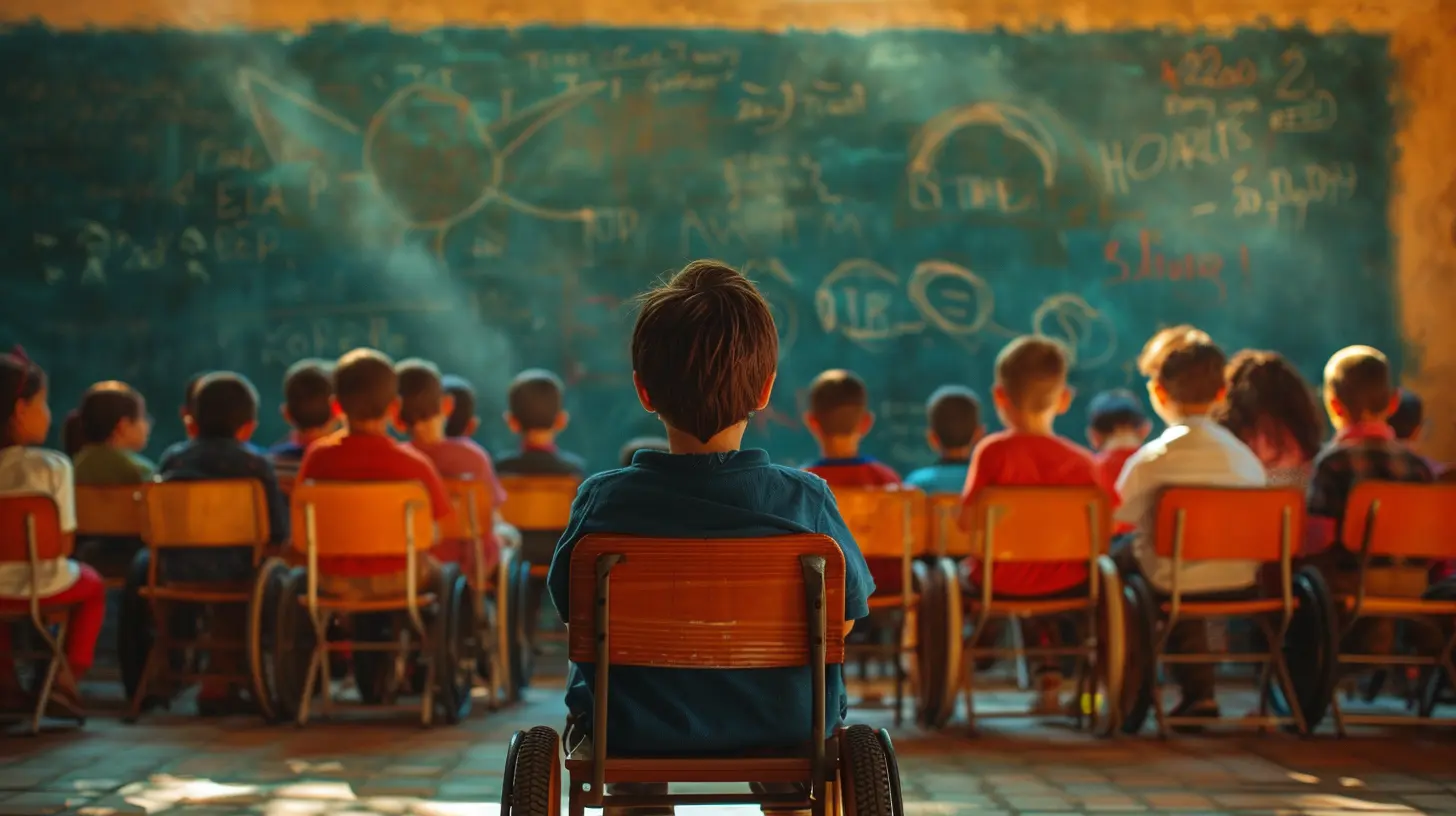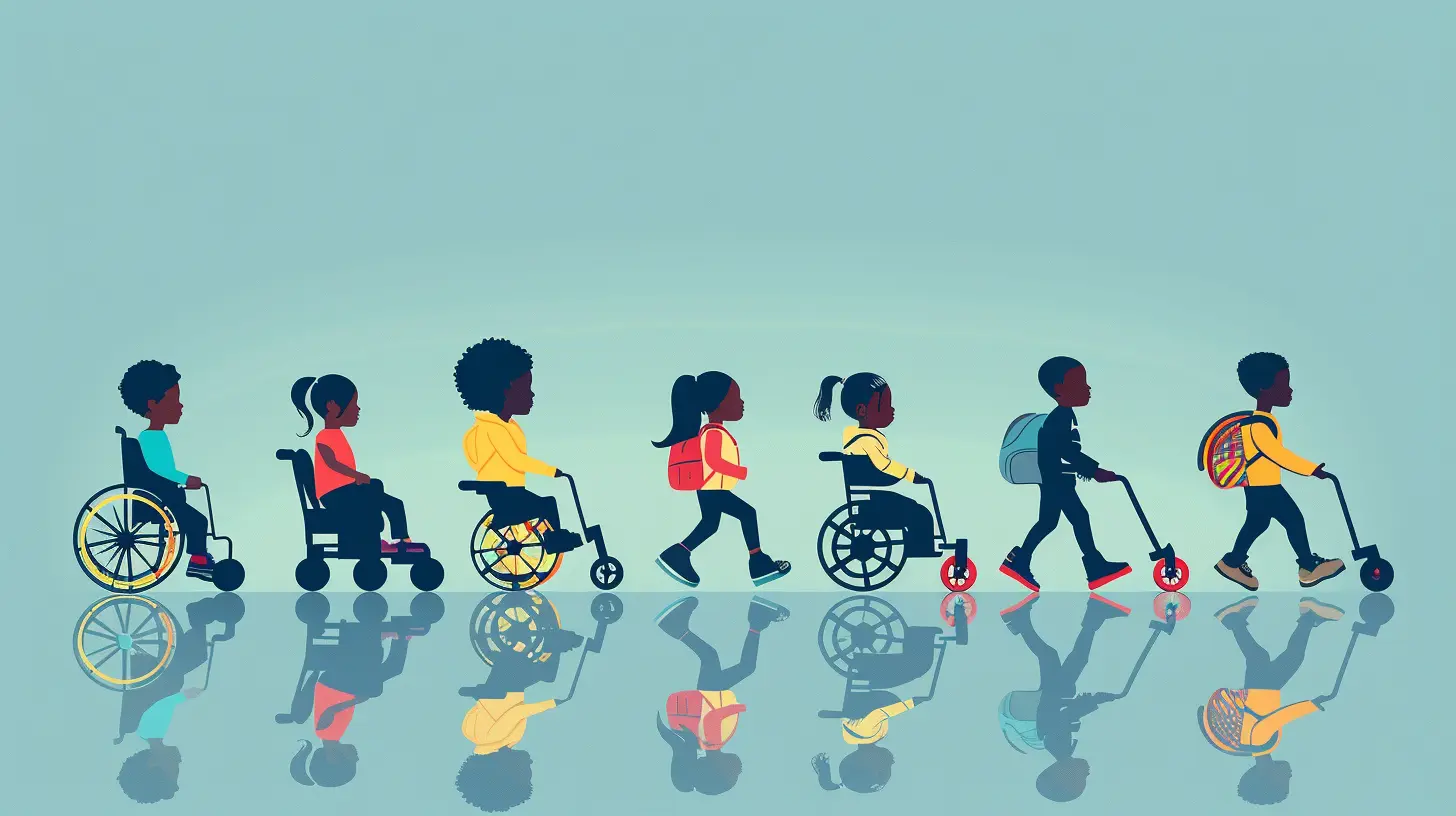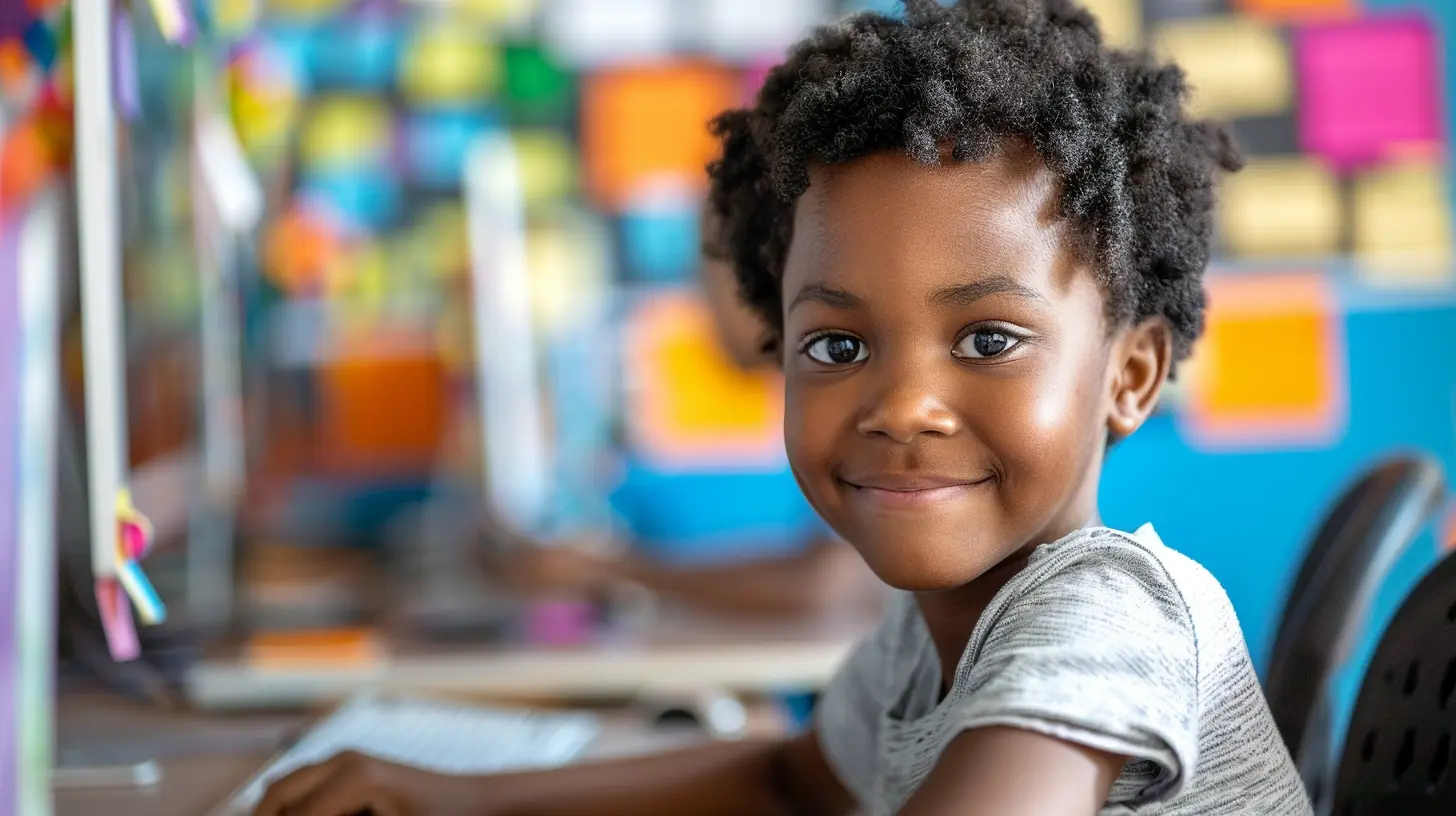How E-Learning is Making Education More Inclusive
21 July 2025
Education used to be something you physically had to show up for. Traditional classrooms, school uniforms, chalkboards, and bells ringing between periods—it all sounds a bit nostalgic now, doesn't it? But times have changed, and the classroom has transformed dramatically. The digital era has kicked down the doors of traditional learning and opened a whole new world of possibilities. One of the most powerful innovations? E-learning.
E-learning, or online education, has not just made schooling more convenient—it’s also made it way more inclusive. From breaking down geographical and physical barriers to supporting diverse learning needs, online education is changing the game for millions of learners globally.
So, let’s dive into how e-learning is making education not just smarter but fairer and more open to all.
What Does “Inclusive Education” Really Mean?
Before we get ahead of ourselves, let's pause for a second and unpack what we mean by "inclusive education." At its core, inclusive education is all about creating a learning environment where everyone—regardless of their background, ability, or life situation—can access and benefit from educational opportunities.We're talking about students with disabilities, people living in remote areas, economically disadvantaged communities, learners with different languages, and even adults juggling work and education. Inclusivity is about giving everyone a fair shot at learning.
Breaking Down the Barriers with E-Learning
Here’s where e-learning comes in like a superhero with a broadband cape. It’s not just about putting textbooks online. It’s a multi-dimensional platform that levels the playing field like never before. Let’s take a deeper look into how that happens.1. Accessibility for Learners with Disabilities
This is a huge win. Traditional education settings can be incredibly limiting for students with physical, cognitive, or sensory disabilities. Picture a student with limited mobility in a school without ramps or elevators—frustrating, right?E-learning platforms often come equipped with assistive technologies like:
- Screen readers
- Closed captions for videos
- Keyboard navigation features
- Adjustable font sizes and colors
- Voice recognition tools
With these tools, students with disabilities don't have to fight through obstacles just to learn. They can study at their own pace, in their own space, fully empowered.
2. Flexibility for Working Adults and Parents
Who says school is just for kids? Many adults want to go back and finish a degree, advance their career, or switch fields entirely. But sitting in a classroom from 9 to 5? Not realistic for someone working full-time or raising children.E-learning offers something magical: flexibility. Whether it’s a single parent studying after the kids go to sleep, or a nurse finishing a degree between shifts, online education fits into your life instead of the other way around.
3. Reaching Remote and Rural Communities
Living in a remote village no longer means missing out on quality education. Thanks to the internet and mobile technology, students from remote areas can access the same high-quality classes that urban students get.No more traveling hours to the nearest school or settling for under-resourced local institutions. As long as there’s a decent internet connection, learning can happen anywhere—even in the middle of nowhere.
4. Language and Cultural Inclusivity
Let’s be real—language can be a huge barrier to education. Traditional schools often teach in national or dominant languages, leaving non-native speakers at a disadvantage.But online platforms can offer multilingual content or localized versions of courses. This inclusivity helps learners understand better and feel more seen. Plus, cultural sensitivity can also be designed into course materials, making education more relatable and respectful to different traditions and lifestyles.
Personalized Learning: One Size Doesn’t Fit All
In a traditional classroom, everything moves at the pace of the average student. But what if you're not average? What if you learn faster—or slower? What if you need a different style of instruction?That’s where e-learning thrives. Platforms use adaptive learning technologies that adjust the material based on your progress. If you’re breezing through a topic, you can move ahead. If you’re struggling, the system can provide extra resources or simplify the content.
There’s also the ability to choose how you learn:
- Visual learners? Tons of videos and infographics.
- Auditory learners? Podcasts and lectures are just a click away.
- Hands-on learners? Interactive quizzes and simulations are your best friend.
It’s like building your own personalized education playlist.
Cost-Effective Learning for Everyone
Let’s talk money—because it matters.Traditional higher education is expensive. Between tuition, housing, books, and commuting, the costs can be overwhelming. For many aspiring learners, it’s just not financially possible.
E-learning dramatically lowers these costs. Many platforms offer free or low-cost courses, and you save on things like transportation and accommodation. Institutions also save money, meaning they can offer more scholarships or reduce fees.
The result? Education becomes accessible to more people, regardless of their financial status.
Empowering Marginalized Groups
E-learning doesn’t just help individuals—it can uplift entire communities that have been historically deprived of educational opportunities. Think about:- Girls in conservative societies who may not be allowed to attend mixed-gender schools.
- Refugees without access to formal schooling.
- LGBTQ+ students who may not feel safe in a traditional classroom.
- Ethnic minorities facing systemic discrimination.
Online education provides a safe, customizable, and welcoming space for these learners. It can literally be life-changing.
A Global Classroom Without Borders
One of the coolest parts of e-learning? You’re not just learning from a teacher—you’re learning with people from all over the world. It turns education into this big, beautiful mosaic of perspectives.This global community does more than just expand your worldview—it builds empathy, cooperation, and cultural awareness. These are skills that go way beyond the classroom.
Challenges Still Exist—But They’re Being Tackled
Okay, it’s not all sunshine and broadband speeds. E-learning still has its challenges:- Not everyone has access to reliable internet or devices.
- Self-paced learning requires discipline—not everyone has that right away.
- Human interaction is different online than face-to-face.
But the good news? These problems aren’t being ignored. Governments, non-profits, and tech companies are working hard to bridge the digital divide. Take initiatives that provide free Wi-Fi in rural areas, donate tablets to underprivileged students, or offer mentorship programs to support online learners. Bit by bit, the gaps are being filled.
The Role of AI and Innovation in Future Inclusivity
Let’s peek into the future for a moment.Artificial Intelligence (AI), Machine Learning (ML), and data analytics are making e-learning even more inclusive. Think AI tutors that give instant feedback, or real-time language translation making international courses accessible to anyone.
Then there’s Virtual Reality (VR) and Augmented Reality (AR). Imagine a student with autism being able to learn social skills in a safe, virtual environment. Or a medical student in a rural town performing simulated surgeries with VR.
These aren’t pipe dreams—they’re happening now. And they’re making learning more engaging and more tailored to individual needs.
Final Thoughts: Education for All, Finally Within Reach
E-learning is not a perfect system, but it’s a step forward—a huge one. It’s like someone finally handed education a universal key that can unlock doors for everyone, not just the lucky few.Inclusivity is not just a buzzword. It’s a necessary shift. And thanks to the rapid growth of e-learning, we’re getting closer to a world where everyone, regardless of who they are or where they live, can access high-quality education.
So, whether you’re a student, a parent, a policymaker, or just a lifelong learner, remember: the classroom is no longer defined by walls. It’s defined by willingness—the willingness to learn, adapt, and make space for everyone.
After all, education should be a right, not a privilege. And finally, we’re starting to treat it that way.
all images in this post were generated using AI tools
Category:
E LearningAuthor:

Olivia Chapman
Discussion
rate this article
1 comments
Astra Brooks
This is fascinating! E-learning truly seems to break barriers in education. I'm eager to learn more about how technology can further enhance inclusivity for diverse learners.
August 3, 2025 at 4:37 AM

Olivia Chapman
Thank you! I’m glad you found it fascinating. Technology’s potential to enhance inclusivity is indeed exciting, and I’m looking forward to exploring more innovative solutions for diverse learners!


